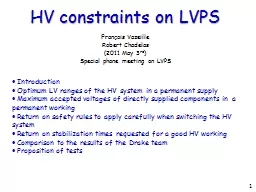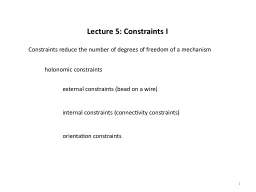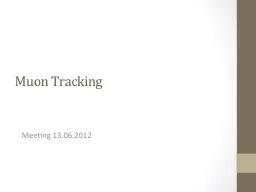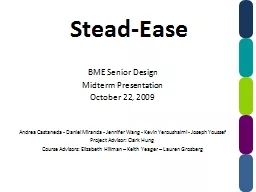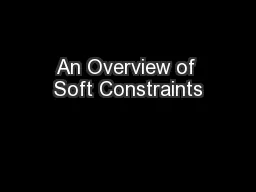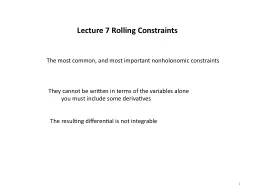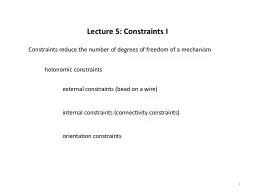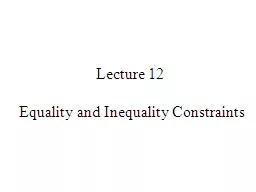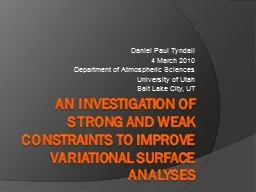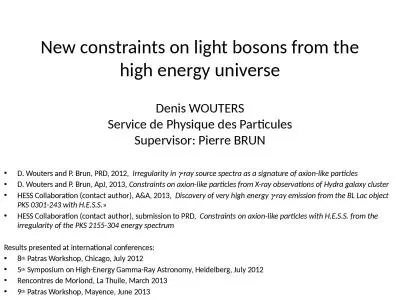PPT-HV constraints on LVPS
Author : danika-pritchard | Published Date : 2016-06-11
François Vazeille Robert Chadelas 2011 May 3 rd Special phone meeting on LVPS Introduction Optimum LV ranges of the HV system in a permanent supply Maximum
Presentation Embed Code
Download Presentation
Download Presentation The PPT/PDF document "HV constraints on LVPS" is the property of its rightful owner. Permission is granted to download and print the materials on this website for personal, non-commercial use only, and to display it on your personal computer provided you do not modify the materials and that you retain all copyright notices contained in the materials. By downloading content from our website, you accept the terms of this agreement.
HV constraints on LVPS: Transcript
Download Rules Of Document
"HV constraints on LVPS"The content belongs to its owner. You may download and print it for personal use, without modification, and keep all copyright notices. By downloading, you agree to these terms.
Related Documents

